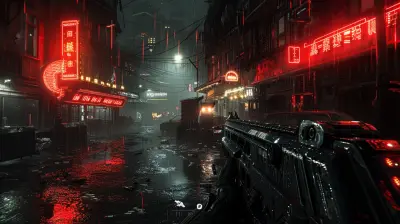How Crafting Mechanics Shape Player Behavior
27 August 2025
Ever found yourself glued to a game just because you needed one more piece of that rare material to build your dream sword? Yep, we’ve all been there. Crafting is so much more than just a side feature in modern games—it’s a psychological playground.
In many of our favorite games, crafting mechanics have evolved into an essential piece of the whole experience. But have you ever stopped to think about why we enjoy it so much? Or how it influences the way we play?
Grab your tools—let’s dive into how crafting mechanics shape player behavior in some pretty surprising (and awesome) ways.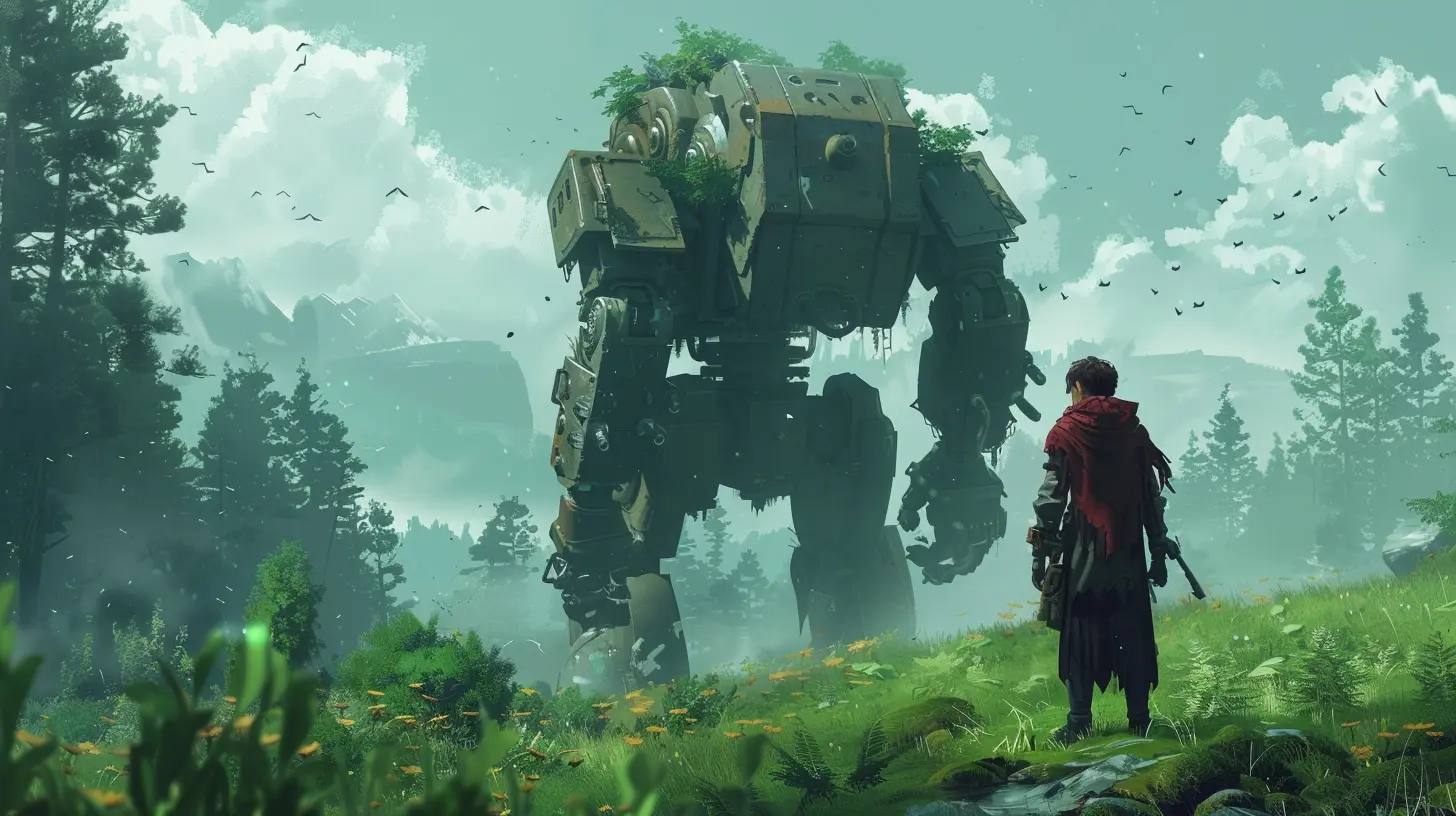
What Exactly Are Crafting Mechanics?
Before we swing the hammer, let’s break it down.Crafting mechanics are systems within a game that allow players to create items, gear, weapons, potions, or even entire buildings by combining resources. Think of it like a virtual version of baking a cake, where you gather your ingredients, follow a recipe (or make your own), and boom—out pops a sweet item for your inventory.
From the complex alchemy in The Witcher 3 to the resource gathering in Minecraft, crafting mechanics have become iconic.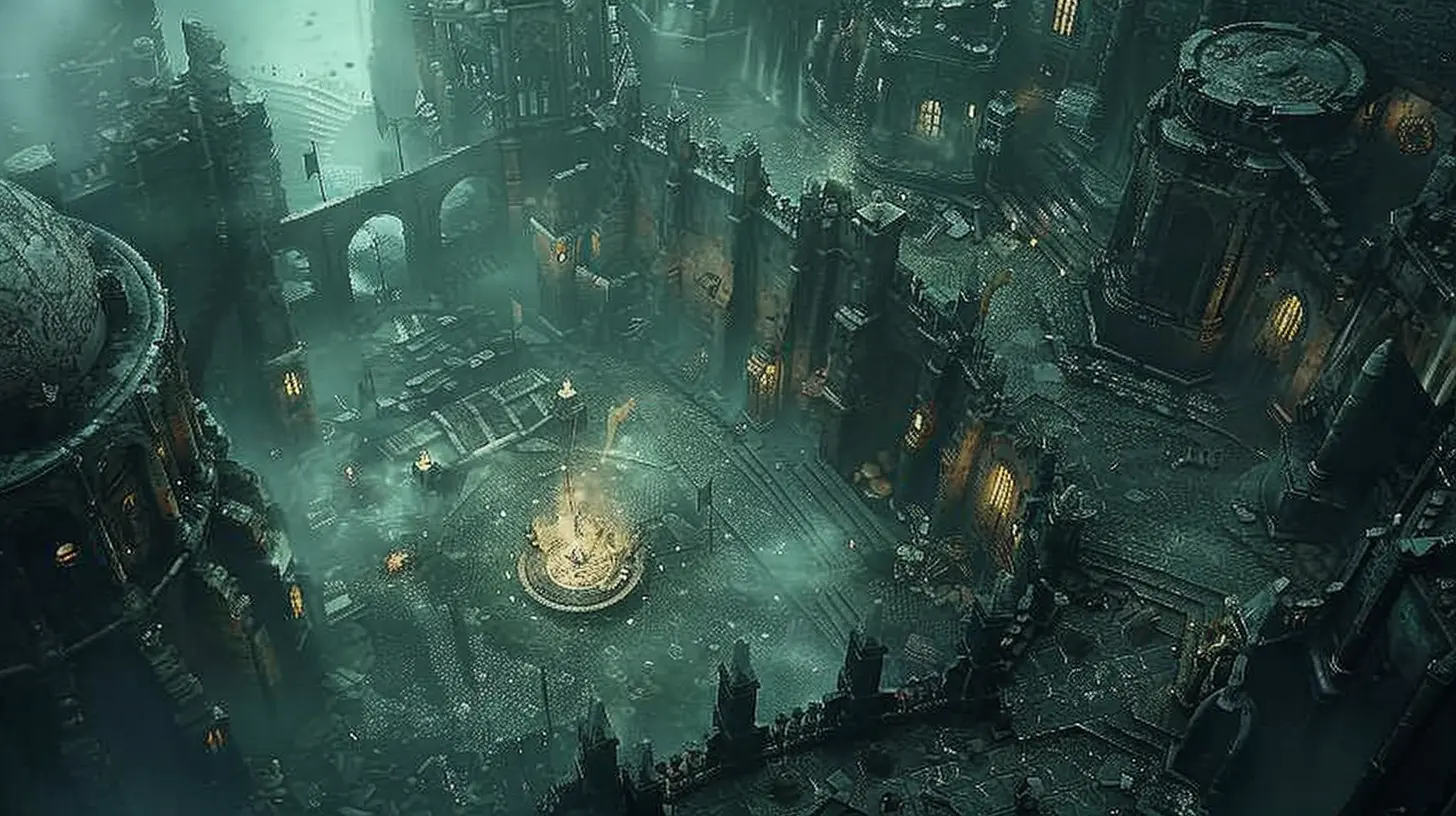
Why Are Crafting Systems So Dang Addictive?
Okay, real talk—crafting is like the digital version of DIY projects. There’s something incredibly satisfying about turning junk into treasure. But there’s more to this appeal than meets the eye.Here’s what’s going on behind the scenes:
1. Achievement and Progression
Humans are wired to enjoy progress. Every time you collect materials, unlock a recipe, or build a new weapon—it’s like a mini achievement. Some games even give you XP or level-ups for crafting, creating a feedback loop that keeps players hooked.Think about it: You chop down 20 trees in Valheim, make a better ax, then go chop faster—you feel stronger and more efficient. That’s not just fun; it’s dopamine!
2. Creative Freedom and Expression
Crafting allows players to be creators, not just consumers. You're not just playing the game—you’re shaping your world, your tools, your look.Games like Terraria, Animal Crossing, or Ark: Survival Evolved give you outlets to express creativity in endless ways. Whether you're building a cozy cabin or a zombie-proof fortress, your crafted world reflects your personality.
3. Exploration with Purpose
Ever aimlessly wandered around a game map until you found crafting? Suddenly, every bush, cave, and enemy drop has meaning.Crafting turns exploration into a scavenger hunt. You’re no longer roaming randomly—you’re on a mission to find that last chunk of iron to finish your armor. The world feels alive, and each discovery feels earned.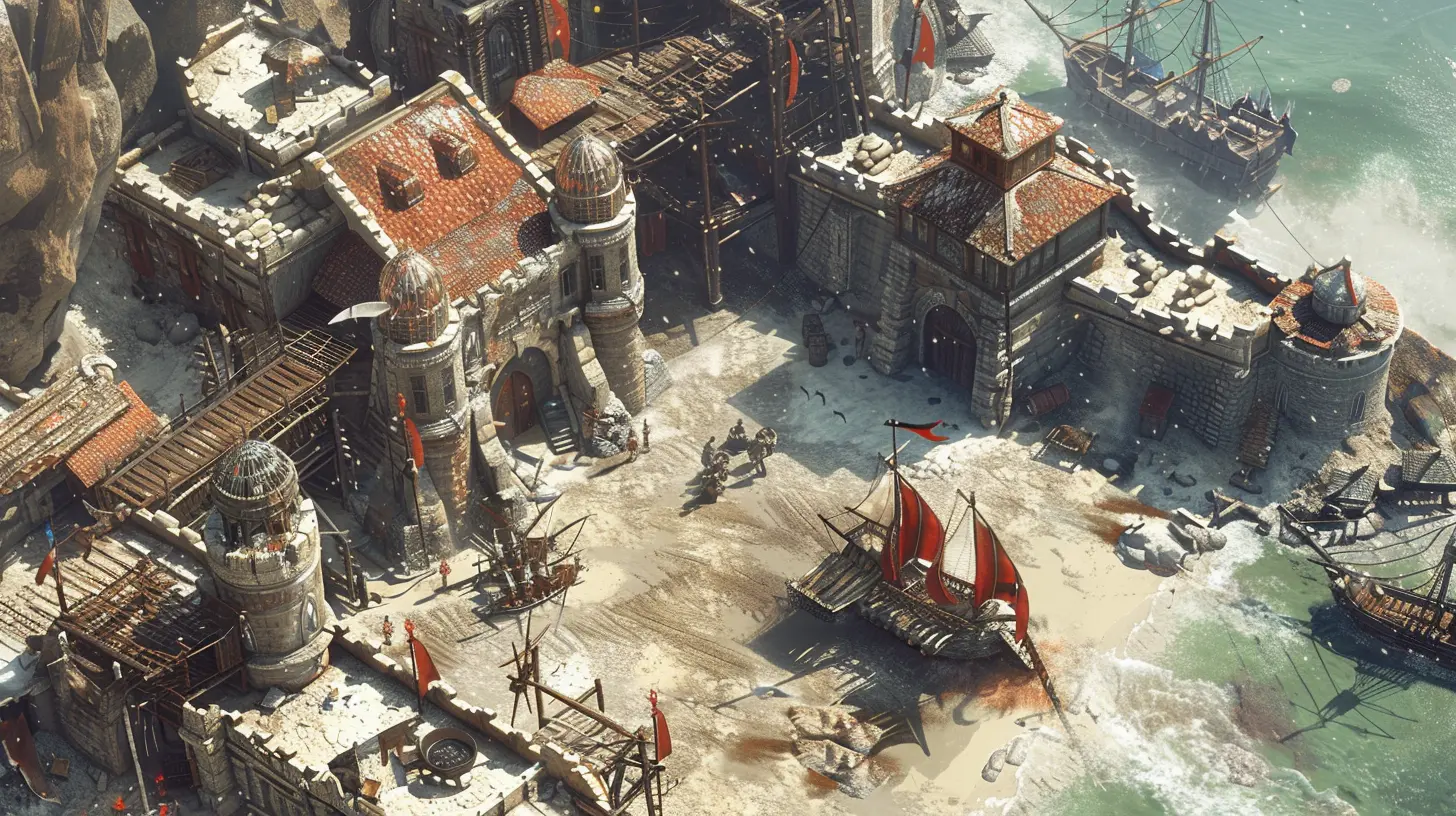
How Crafting Mechanics Influence Play Styles
So how exactly does crafting shape the way we play? Let's dig into that.1. Resource Management and Decision-Making
Crafting systems often push players into thinking tactically. You’ve only got so much wood and stone—do you make tools, build a shelter, or craft weapons?This kind of decision-making adds layers of depth to gameplay. It forces players to adapt, prioritize, and make tough choices, especially in survival or RPGs.
Players often become mini-economists, managing resources with the precision of a stockbroker. And it’s not just fun—it’s engaging.
2. Encouraging Exploration and Risk-Taking
When crafting materials are scattered across the map—or guarded by tough enemies—players are more likely to venture into dangerous territories. That’s some clever game design right there.Ever risked a boss fight just to loot that sweet rare material? That’s crafting pushing you out of your comfort zone. It’s not just about building gear—it’s about growing as a player.
3. Social Interaction and Trading
In multiplayer or online games, crafting mechanics can spark entire economies. Think World of Warcraft, Runescape, or EVE Online. Players gather, refine, and sell goods like a digital bazaar.Crafting becomes a social mechanic. Players collaborate, trade, and sometimes even scam (we don’t recommend that). It pulls people together and gives everyone a unique role in the player community.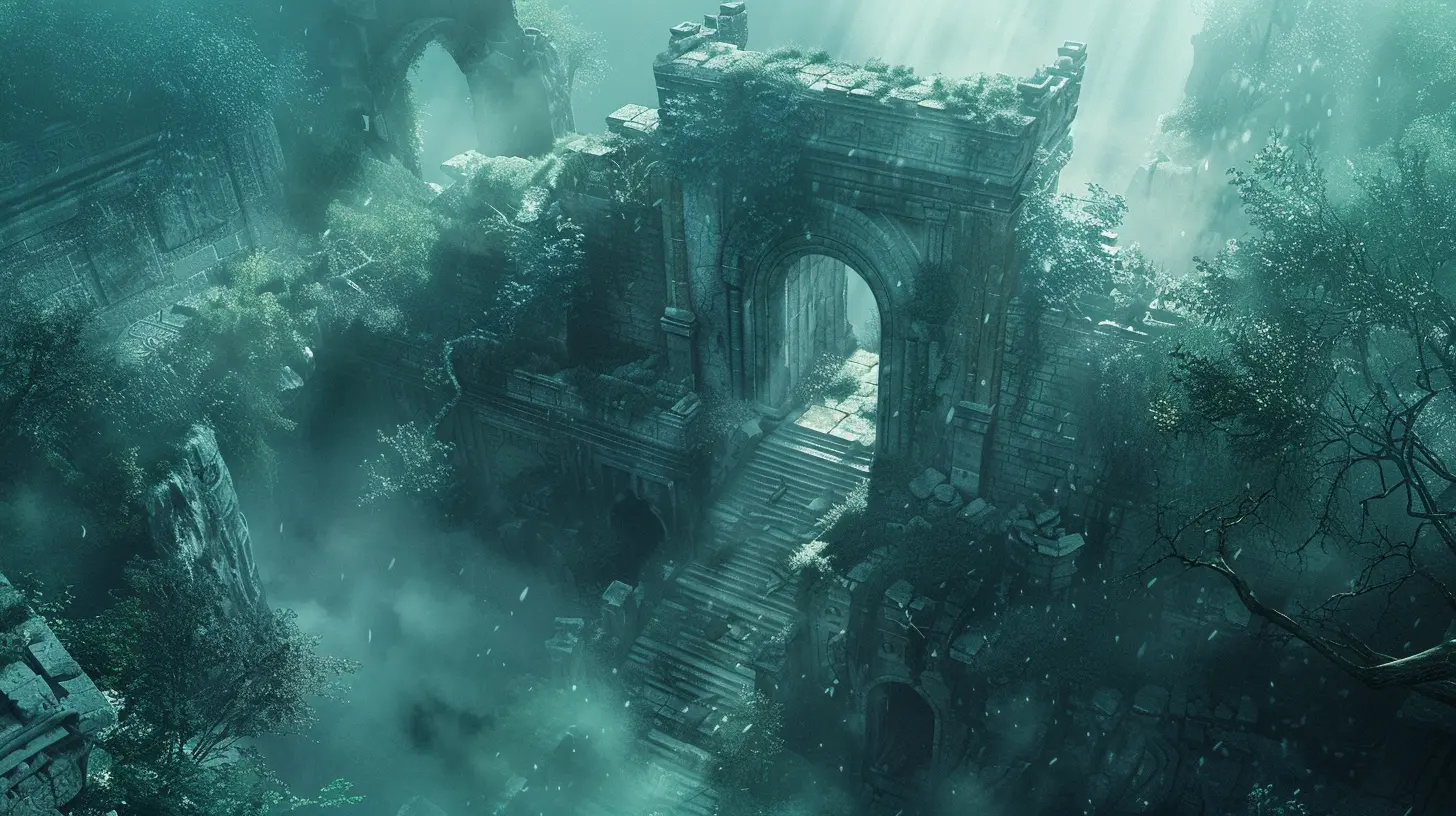
The Psychological Pull of Crafting
Alright, let’s get a little nerdy (in a good way). Crafting does more than just affect how we play—it messes with our brains in the best possible way.1. It Scratches the Completionist Itch
Got a bit of a hoarder in you? Crafting systems feed that need to “collect ‘em all.” Some players won’t rest until every blueprint is unlocked and every item is crafted. And guess what? That’s by design.Developers know that completionism keeps players coming back. By sprinkling in recipe progression and rare components, they tap into that collector’s drive.
2. It Triggers Intrinsic Motivation
Crafting mechanics often rely on intrinsic motivation. You’re not building that sword because you have to—you’re doing it because you want to.When games give players the freedom to choose what to build, when to build it, and how, it adds meaning to every action. It’s not about ticking off quests; it’s about fulfilling your own goals.
3. It Feeds the “Effort-Reward” Loop
You put in work, you get cool stuff. Simple, right?But it’s genius. This system keeps you engaged for hours. You harvest, grind, and maybe even fail a few times—but when that item finally pops out of your workbench, it feels earned. That’s the magic sauce of great game design.
Crafting Systems by Genre: A Quick Look
Let’s break down how crafting shows up in different game types—and how it tweaks your behavior depending on where you play.🪓 Survival Games
These games literally run on crafting. You start with a stick and end up with a fortress. Crafting here is all about survival, improvisation, and long-term planning.Examples: Rust, The Forest, Subnautica
How it shapes behavior:
- Encourages cautious exploration
- Promotes efficient resource use
- Drives long play sessions for big builds
🪄 RPGs and Fantasy Worlds
Crafting in RPGs adds depth to character customization and progression. Players often gather rare ingredients to craft superior weapons, potions, or enchantments.Examples: Skyrim, The Witcher 3, Elden Ring
How it shapes behavior:
- Motivates item hunting
- Inspires experimentation with builds
- Nurtures mastery over game mechanics
🏰 Sandbox and Building Games
These are your “paint-your-own-adventure” games. Crafting is less about survival and more about creativity.Examples: Minecraft, Terraria, Dragon Quest Builders
How it shapes behavior:
- Sparks creativity and playfulness
- Turns players into architects
- Encourages community sharing and collaboration
⚔️ MMOs and Online Games
In these games, crafting connects players. You're part of an economy, a guild, or a raid group. Your crafting skills might just make you famous!Examples: Final Fantasy XIV, Runescape, Black Desert Online
How it shapes behavior:
- Grows social connections
- Creates economic strategies
- Makes crafting a career (seriously)
How Developers Use Crafting to Design Better Games
Game devs aren’t just randomly tossing in crafting mechanics—they’re using them to guide and enrich your experience. Here’s how:1. Pacing Player Progress
Crafting gates certain items behind skill levels or rare materials, slowing players down just enough to keep the journey satisfying without being frustrating.2. Encouraging Replayability
Want to try a new build or weapon set? Crafting lets you re-engage with the game in fresh ways without starting from scratch.3. Driving Player Economy
In online games, crafting can literally shape the in-game economy. Devs balance supply, demand, and crafting difficulty to keep things interesting and fair.The Flip Side: When Crafting Goes Wrong
Not all crafting systems are golden. Some fall into common traps that can frustrate players more than engage them.Common Pitfalls:
- Overly grindy systems that waste time (looking at you, MMOs with 0.01% drop rates)- Lack of clarity—no recipe guides, poor UI, or confusing materials
- Pointless items that serve no purpose or don’t scale with player progression
When crafting doesn’t have a meaningful impact, it becomes a chore instead of a delight. And nobody likes digital chores!
So... Why Does Crafting Matter So Much?
Because it transforms passive players into active participants. It makes you think, explore, experiment, and create. It taps right into that part of your brain that loves solving problems and building things from scratch.Crafting is more than a mechanic—it’s a mindset. It turns gamers into architects, blacksmiths, alchemists, and inventors. It gives us ownership over our progress and rewards our curiosity.
So next time you’re knee-deep in resource farming, just remember: you’re not wasting time—you’re crafting your own adventure.
Final Thoughts
Crafting mechanics aren’t just a feature in modern games—they're a whole philosophy. When done right, they reward imagination, perseverance, and smart planning. They give each player a unique story, shaped by the tools they forged and the worlds they built.Whether you’re brewing potions in a fantasy world or constructing skyscrapers in a sandbox, crafting changes the way you play—and more importantly, how you feel while playing.
So keep crafting, keep experimenting, and keep enjoying the incredible impact this mechanic brings to the gaming table.
all images in this post were generated using AI tools
Category:
Item CraftingAuthor:

Tina Fisher
Discussion
rate this article
1 comments
Cecilia Erickson
Crafting mechanics enhance player engagement by promoting creativity and rewarding exploration in gameplay.
August 30, 2025 at 2:45 PM

Tina Fisher
Thank you for your insightful comment! I completely agree—crafting mechanics play a crucial role in boosting player creativity and encouraging exploration, ultimately enriching the overall gameplay experience.

